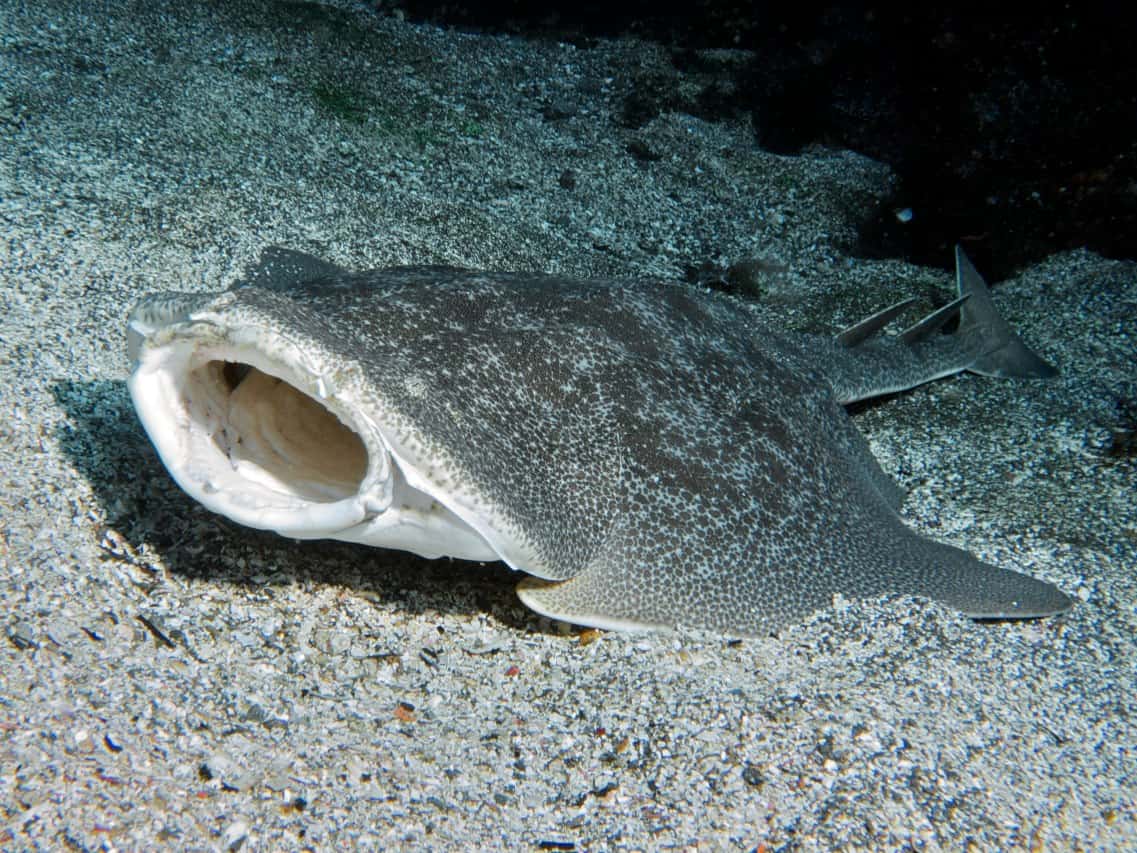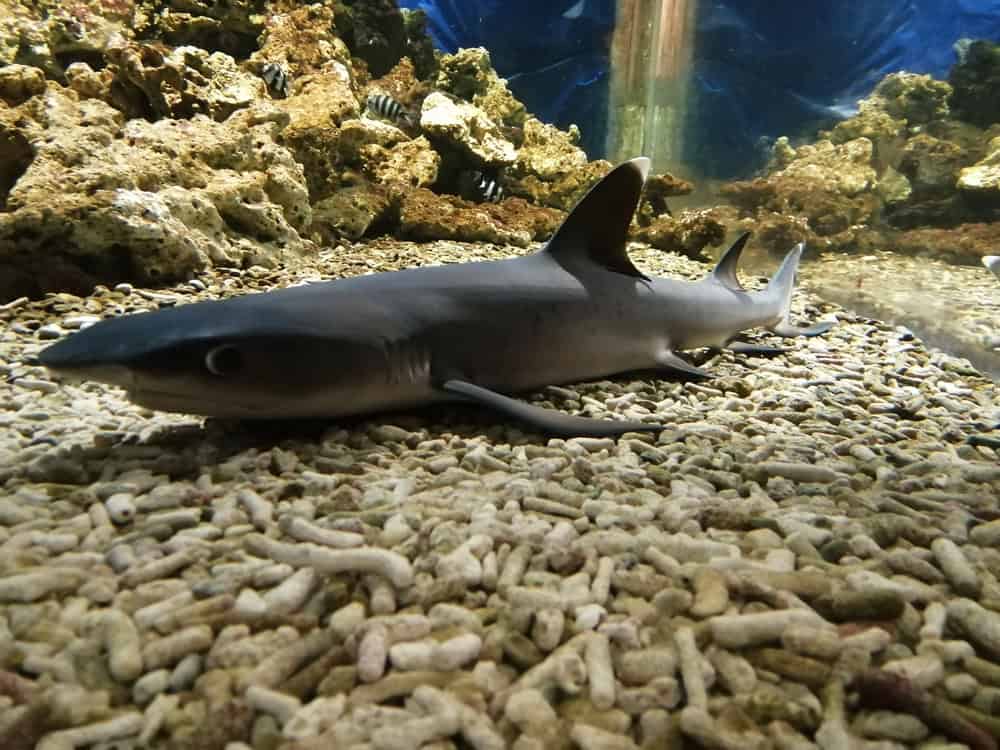When most of us conjure up an image of a shark, we often imagine it as a relentless sea predator, perpetually in motion with its menacing fins slicing through the waters. This widespread belief that sharks must constantly swim to survive has intrigued and puzzled many. But is this really the case? Let’s dive into the depths of the ocean to uncover the truth about these fascinating creatures.
The Basics of Shark Biology

Sharks are classified under the group of species known as elasmobranchs, which also includes rays and skates. They have a cartilaginous skeleton, unlike bony fish, which gives them a lightweight structure ideal for moving through water. One of the defining features of sharks is their ability to efficiently move through the ocean using buoyant oil in their liver rather than a swim bladder like other fish.
The Role of Gills in Sharks

Sharks, like all fish, rely on gills to extract oxygen from water. Water must flow over their gills for this gas exchange to occur. Sharks have several gill slits on each side of their heads, through which water is continuously filtered, allowing them to breathe underwater. But this method of respiration doesn’t necessarily dictate that all sharks must be in constant motion.
Understanding Buccal Pumping

Buccal pumping is a method some sharks use to breathe without having to swim constantly. This process involves the shark using its cheek muscles to actively draw water into its mouth and over the gills. Species that employ buccal pumping, such as the nurse shark, can rest on the ocean floor without the risk of suffocation. This capability allows them to conserve energy while remaining in one place.
The Concept of Ram Ventilation

Many shark species, including the great white and mako sharks, practice ram ventilation. This process requires the shark to swim forward, forcing water into its open mouth and over its gills. This method of breathing is often why people believe all sharks need to keep swimming; indeed, for these species, forward motion is essential for survival.
Sharks That Must Swim to Breathe

Certain species of sharks, especially those known for their speed and predatory prowess, must swim continually to maintain oxygen flow. These include some of the most well-known and feared species, such as the great white and the hammerhead. Their constant swimming keeps water moving across their gills, ensuring they receive the oxygen needed for survival in the high-stakes environment of the open ocean.
Different Shark Species and Their Different Needs

Not all sharks are created equal when it comes to their respiratory needs. Some species have adapted to environments where energy conservation is critical, often lying just beneath the sandy ocean floor or nestled within coral reefs. These sharks, like the aforementioned nurse sharks, are perfectly content to take a break without needing to constantly roam the seas.
The Myth Versus Reality

The idea that all sharks must swim to live is a myth that oversimplifies the complex biology of these ocean dwellers. Hollywood and sensationalized media often perpetuate these misconceptions, painting all sharks with the same broad brush. In truth, the necessity for constant motion is largely a characteristic of only certain species, driven by their unique adaptations and habitats.
The Energetic Demands of Continuous Motion

For species that must continually swim, the energetic demands are immense. These sharks have evolved efficient body designs, with streamlined shapes and powerful muscles allowing them to cover vast oceanic expanses. Their energetic lifestyle necessitates a diet rich in protein, typically derived from other marine creatures, to fuel their journeys.
How Sharks Sleep

While sharks are often portrayed as tireless sea predators, they, like all animals, require rest. Some sharks manage to rest certain parts of their brain while continuing to swim, maintaining the necessary movement to breathe. Others can enter a restful state without complete cessation of movement, demonstrating an adaptation that ensures survival while still being able to watch for danger.
Sharks in Captivity

In aquariums, observing sharks offers unique insights into their behavior in controlled environments. Here, immobile sharks can often be seen resting on artificial seabed setups, depending on their species and the adaptations they’ve developed over millennia of evolution. Aquariums provide the right flow of water to ensure that even species requiring constant motion can receive adequate oxygen while reducing the need for constant swimming.
The Ecological Significance of Shark Respiration

Understanding the varied systems of shark respiration reveals how these creatures occupy diverse ecological niches. From the fast-moving apex predators that patrol our ocean’s open waters to the more sedentary species resting in coastal reefs, their respiratory strategies have significant implications for the marine ecosystems they inhabit and influence.
Appreciating the Diversity of Shark Life

Sharks are a testament to the adaptability and resourcefulness of life in the ocean. They illustrate that there is no single way to thrive under the waves. While some species must indeed keep swimming to breathe, others can take it slower, demonstrating a remarkable range of evolutionary paths. By dispelling the myth of constant motion, we gain a deeper appreciation for these incredible animals and the complex ecosystems they help balance in our oceans.
- The Secret Lives of Arizona’s Night-Stalking Predators - August 19, 2025
- The Deepest-Diving Mammal Can Hold Its Breath for Over Three Hours - August 19, 2025
- 11 Giant Animals That Still Exist Today - August 18, 2025

